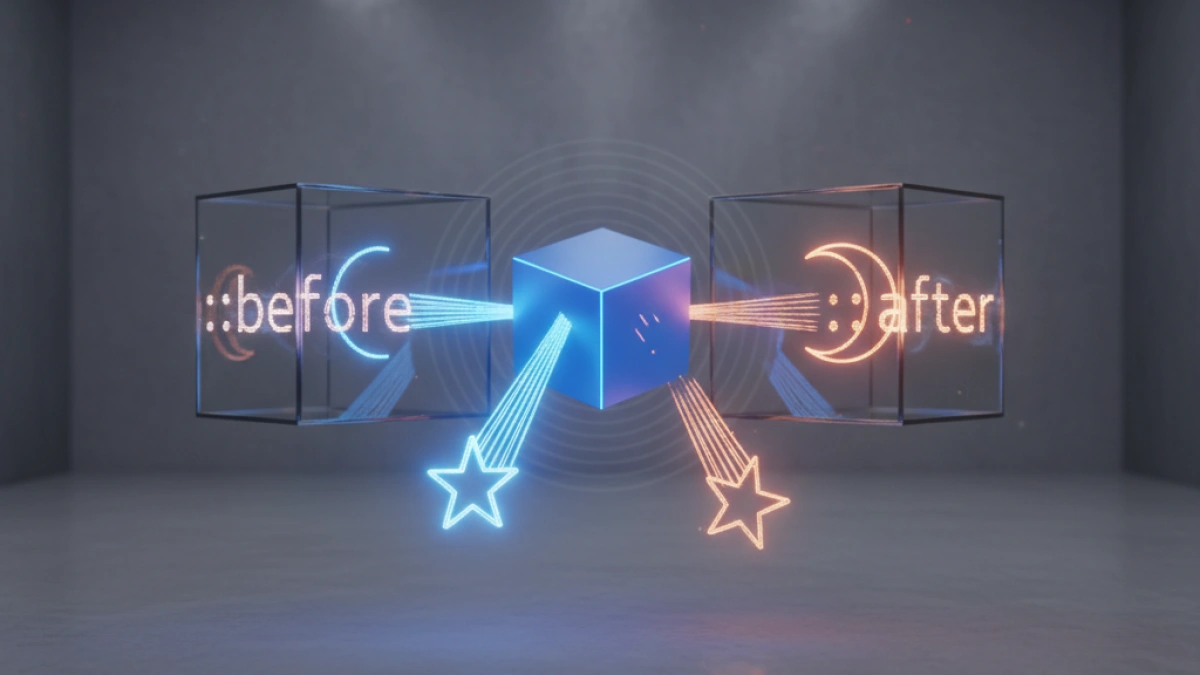How to Use the Position Property in CSS Relative, Absolute, Fixed, and Sticky


The position property in CSS is fundamental for controlling the location of elements on a web page. Understanding its different values—relative, absolute, fixed, and sticky—is key to effective design and layout. In this article, we will explore each of these values in detail, providing examples and techniques that will help improve your web development skills.
What is the Position Property in CSS?
The position property defines how an element is positioned in the document flow and how it behaves in relation to other elements. There are four main values you can use: relative, absolute, fixed, and sticky. Each has its own specific characteristics and uses.
Types of Position
Let’s take a closer look at each of these values.
1. Position: Relative
Read also
The position: relative property allows you to position an element in relation to its original position in the flow of the page. This means you can use the top, right, bottom, and left properties to move the element, but the space it occupies in the document flow remains intact.
Example
<div class="container">
<div class="box">Original Box</div>
</div>.container {
position: relative;
}
.box {
position: relative;
top: 20px; /* Moves the box 20px down */
left: 10px; /* Moves the box 10px to the right */
}Advantages of Position: Relative
- Allows you to change the position of an element without affecting the document flow.
- Useful for establishing reference points for elements that are absolutely positioned within it.
2. Position: Absolute
Read also
When you use position: absolute, the element is positioned relative to the nearest parent element that has a position other than static. If there is no such parent, the element is positioned relative to the viewport (the browser's window).
Example
<div class="container">
<div class="box">Absolute Box</div>
</div>.container {
position: relative; /* This is the reference container */
height: 200px;
width: 200px;
border: 1px solid black;
}
.box {
position: absolute;
top: 50px; /* Moves the box 50px from the top */
left: 20px; /* Moves the box 20px from the left */
}Advantages of Position: Absolute
- Moves relative to a specific parent element, making its placement predictable.
- Allows other elements to flow around it since it is taken out of the normal document flow.
3. Position: Fixed
position: fixed makes an element position itself in relation to the browser window. This means that the element will stay in the same place even when the page is scrolled.
Example
<div class="header">Fixed Header</div>
<div class="content">Page Content</div>.header {
position: fixed;
top: 0;
left: 0;
width: 100%;
background: #333;
color: white;
padding: 10px;
}Advantages of Position: Fixed
- Ideal for headers, footers, or navigation bars that need to be constantly accessible.
- The element does not move when scrolling the page.
4. Position: Sticky
The position: sticky property is a combination of relative and fixed. An element with position: sticky acts like a relative element until it reaches a certain scroll position in the viewport, at which point it "sticks" to the screen.
Example
<div class="header">Sticky Header</div>
<div class="content">
<div class="sticky-element">I am sticky!</div>
<p>Additional content...</p>
</div>.header {
height: 50px;
}
.sticky-element {
position: sticky;
top: 0; /* Sticks to the top when scrolling */
background-color: yellow;
}Advantages of Position: Sticky
- Ideal for headers within long sections of content that should remain visible while scrolling.
- Combines the advantages of relative and fixed, providing smooth behavior.
Conclusion
The position property in CSS is a powerful tool for controlling the layout of your web pages. Mastering relative, absolute, fixed, and sticky will enable you to create more complex and appealing designs. Be sure to experiment with these properties in different contexts to better understand their behaviors and applications.
Remember that by combining these properties with other CSS techniques, such as flexible layouts and grids, you can create highly dynamic and functional user interfaces. Happy coding!



















